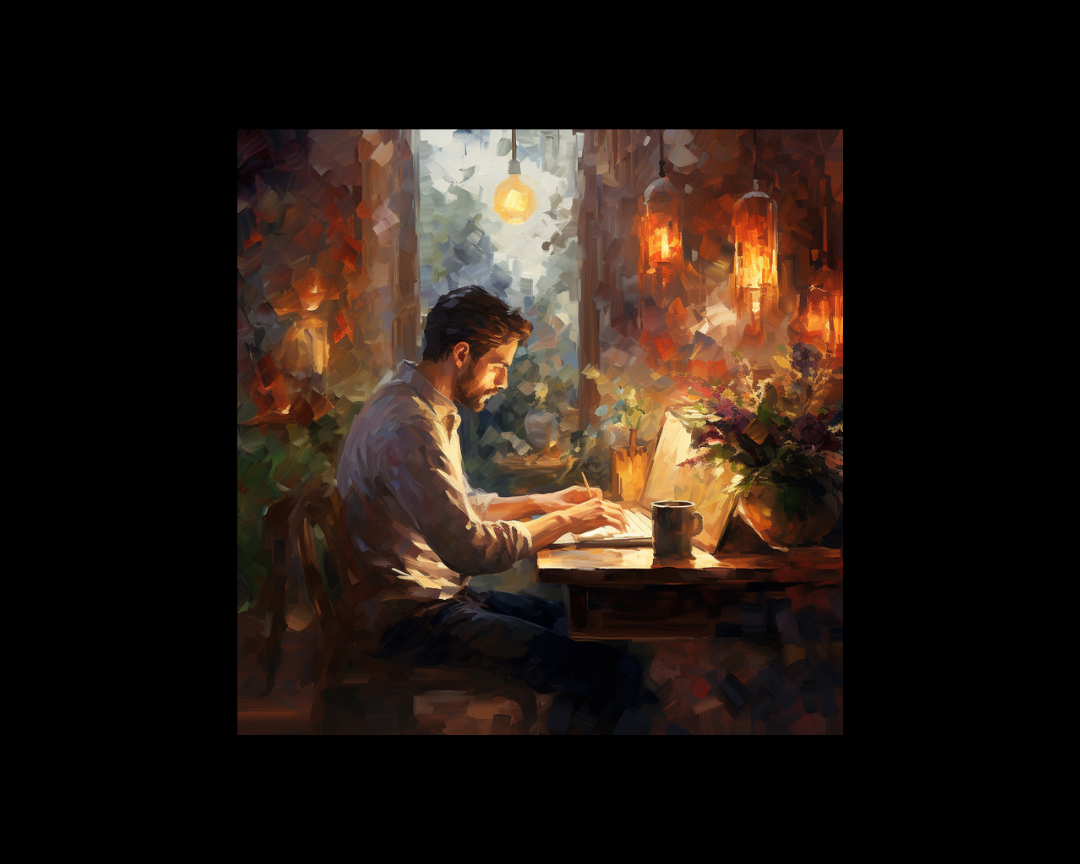Crafting the Pace of Your Novel: Practical Strategies
Whether you're penning a novel, a short story, or even diving into a screenplay or musical, mastering the tempo of your narrative is paramount....

Have you ever been told that your story felt bogged down with too much information? Or perhaps you've encountered a fantasy novel where the first chapter felt like wading through a textbook description of the world and its characters?
Exposition is a critical aspect of storytelling, yet it's surprisingly easy to mishandle—or sometimes, forget about. Mastering the art of balancing exposition can elevate your manuscript from average to exceptional, transforming a sluggish plot into a captivating page-turner.
Let's go over what exposition is, how it functions, and how you can use it more effectively in your next novel or creative writing project.
At its core, exposition is how authors convey background information to readers. For instance, in the genre of fantasy, readers need insight into the story’s world, its cultures, and customs. This means authors must skillfully impart this information to readers, shaping their reading experience profoundly.
While exposition is commonly associated with fantasy novels that introduce entirely new worlds, it's a challenge that authors across genres face. Every story contains essential background information preceding its events, demanding writers to navigate exposition skillfully.
Backstory, as Jessica Morrell explains, constitutes background information distinct from the plot unfolding in scenes. It offers insights into the world and its characters, providing context and unveiling character motivations, thereby heightening tension and conflict.
Exposition at its finest enriches the narrative, offering intricate details and intriguing revelations that enhance the reader's journey.
How, exactly, does exposition work? Here are a few techniques to put into practice.
One method of delivering exposition is through expository paragraphs, which are dedicated sections solely focused on conveying background information. These segments don't progress the forward story but instead aim to inform the reader comprehensively.
Indirect exposition involves revealing information gradually, often integrated into scenes, seamlessly immersing readers into the world while advancing the plot. This method contributes to a more engaging narrative experience.
While technical writing may necessitate expository paragraphs, fiction writing thrives on indirect exposition. Chunky info-dumps disrupt the narrative flow, halting the plot's momentum, a pitfall every writer should evade.
Now that we grasp the essence of exposition, let's explore the art of incorporating exposition into your novel, starting with common pitfalls to avoid and transitioning to effective techniques.
Avoid these lest you risk boring or overwhelming your readers.
Crafting effective exposition hinges on revealing information judiciously. For example:
Think about your favorite novels or a book you’re currently reading. Consider how well they incorporate the above four methods, and what captures your attention most. This is a good example of exposition.
When wielding exposition in your storytelling arsenal, remember the cardinal rules: only reveal what's essential, ensure it enhances rather than detracts from the scene, and opt for the most natural method of conveying information.
With these principles in mind, you'll master the art of exposition, enriching your narrative and captivating readers with your storytelling prowess.
.png)
Whether you're penning a novel, a short story, or even diving into a screenplay or musical, mastering the tempo of your narrative is paramount....

The Great Gatsby by F. Scott FitzgeraldHave you found yourself wondering what the secret is to captivating storytelling? I’ll clue you in: the rising...
.png)
Metafiction, a literary device that transcends the boundaries of traditional storytelling, offers readers a unique and thought-provoking experience....